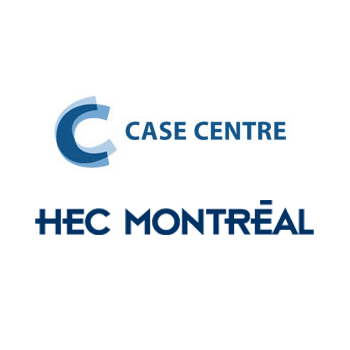Description
Major League Soccer: Past, Present, and Future: Abstract
As it approaches its 20th anniversary, Major League Soccer (MLS), the top professional soccer league in the United States and Canada, has the wind in its sails. Whether it’s new TV deals, the massive hiring of European and South American stars, or club and stadium expansions, the league is seeking to build momentum to compete with the major European and Mexican leagues as well as with rivals in the other professional sports leagues in North America, where the market is undergoing a radical demographic shift.
However, MLS still has a long way to go to fulfill its ambitions: there is a high level of competition, the league’s financial situation is shaky, its governance structure is complex, and the quality of play remains inferior to that of the major soccer leagues. This case traces the evolution of the league since its creation and draws a portrait of the business context within which MLS is seeking to make its mark.
Teaching Objectives
- Identify the commercial and competitive realities facing MLS and place them in the context of organizational growth
- Make students aware of the importance of taking economic, social and cultural contexts into account when developing business and management strategies for complex organizations
- Introduce students to the use of models for business model analysis and strategic analysis
Main themes covered
- MLS’s economic and business context
- MLS’s competitive advantage
- Growth strategy and Michael Porter’s 5 forces model
Concepts and theories related to the case
- Michael Porter’s 5 forces model
- Business Model Generation (Osterwalder and Pigneur, 2010)
Additional information
Teaching notes are available for teachers only. Contact the HEC Montréal Case Centre for more information.







Reviews
There are no reviews yet.